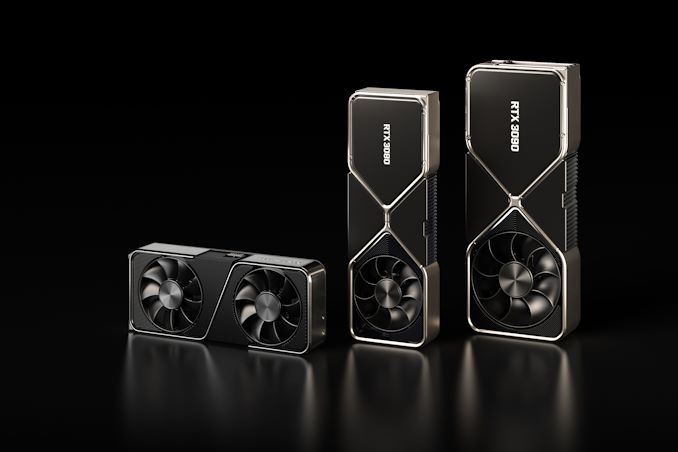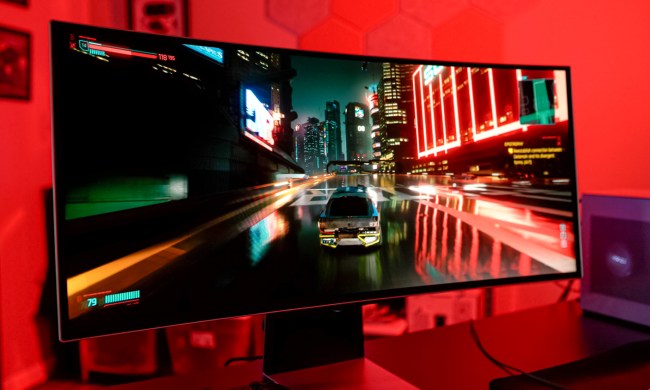Update: this mining tool has proven to be malware. Please avoid downloading the program.
Nvidia has previously attempted to limit its GeForce graphics cards’ ability to mine cryptocurrency amid a market where crypto enthusiasts have contributed to a worldwide GPU shortage. However, a new tool has appeared to completely remove mining hash rate limits placed on certain Nvidia video cards.
The Nvidia RTX LHR v2 Unlocker by Sergey is a tool designed to alter the BIOS of Ampere-based Nvidia graphics cards from the popular RTX 30 range. The mining modification tool will work on workstation RTX GPUs as well.

During 2021, Team Green took steps to deter crypto miners from buying its cards so gamers could get their hands on the company’s coveted GPUs (although the tech giant also rereleased some GPUs with higher hash rates). One such method was the integration of limiters to cap the mining capabilities via light hash rate (LHR) cards. However, in effect, this new tool will allow crypto miners to fully unlock the mining performance for various Nvidia graphics cards.
As reported by VideoCardz and MyDrivers, Sergey’s potentially industry-disruptive software is currently not available yet. It is scheduled to be released on February 28, albeit as a public beta version. On the developer’s GitHub page, it states the utility has been successfully tested on the following GeForce RTX 30-series and RTX A-series cards:
- RTX 3060 LHR V2 – up to 49 MH/s
- RTX 3060 Ti LHR – up to 61 MH/s
- RTX 3070 LHR – up to 57 MH/s
- RTX 3070 Ti – up to 69 MH/s
- RTX 3080 LHR – up to 100 MH/s
- RTX 3080 Ti – up to 115 MH/s
- RTX A2000 – up to 46 MH/s
- RTX A4000 – up to 67 MH/s
- RTX A4500 – not measured
- RTX A5000 – up to 110 MH/s
The mining limiter put in place by Nvidia in 2021 decreased the hash rate of RTX 30-series graphics cards for those who were mining Ethereum, which was a coin that reached new peaks last year alongside Bitcoin. Naturally, developers found ways to circumvent the aforementioned limiters, but they generally were not able to fully unlock the LHR mining hash rate.
Should the Nvidia RTX LHR v2 Unlocker tool prove to be effective, the GPU market could be considerably affected. If individuals are truly able to extract full mining performance from an Nvidia graphics card, it would naturally increase the value of such products for miners. This would once again inevitably lead to increased prices, which would price out general consumers, namely gamers.

Still, the GPU market has shown signs of improvement since the start of 2022, which correlates to the significant drop in value for various crypto coins in recent months, particularly Bitcoin and Ethereum. As a result, the tool will not generate as much profit as one could make in 2020 and 2021.
Whether the crypto market rebounds or not, ETH mining is all but set to end due to the impending launch of the Proof of Stake mechanism. Granted, you’ll still be able to mine other coins through a GPU, but as pointed out by VideoCardz, non-ETH cryptocurrencies are closely associated with the market performance of Ethereum.
Elsewhere, Tom’s Hardware notes that cryptocurrency mining profitability has taken a nosedive in general. A full-speed RTX 3080 Ti, one of the most powerful cards available on the market, will generate just $3.50 per day at current rates. Due to current prices of around $1,700 for the GPU in question, a miner would have to wait nearly 500 days to simply break even, let alone produce lucrative profit margins.




